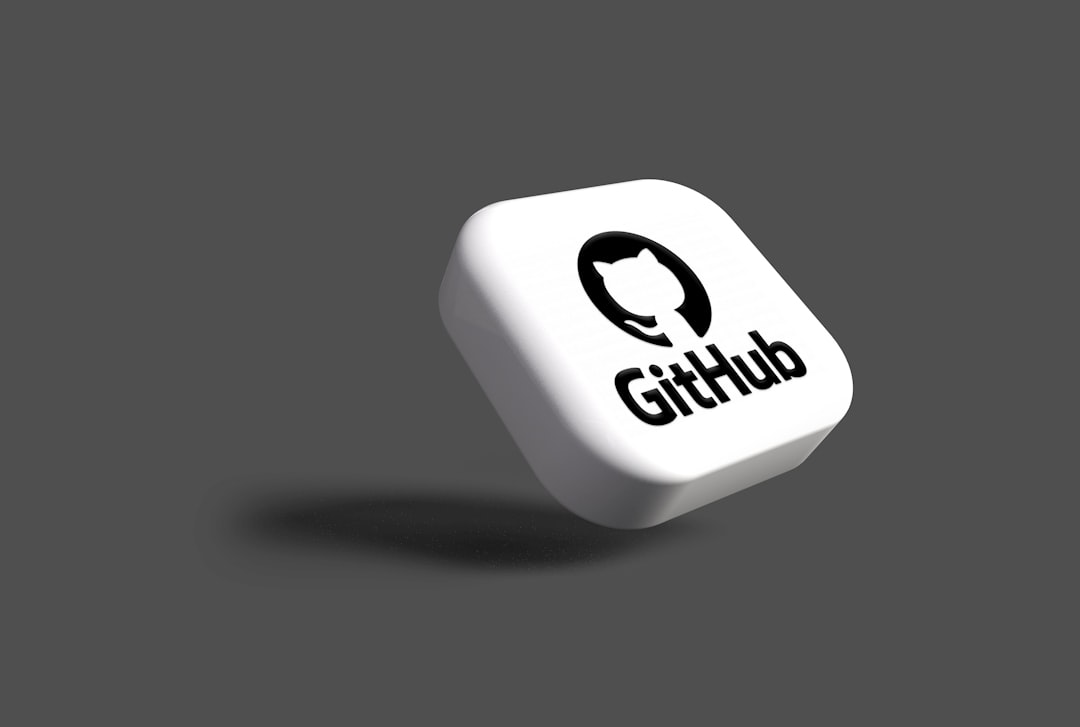
Git Flow Strategies for Efficient Path Interpolation Management
In the fast-paced world of software development, efficient version control is crucial for maintaining quality and speed. One of the most effective methodologies for version control is Git Flow, which provides a robust framework that enables teams to manage features, releases, and hotfixes seamlessly. This article delves into Git Flow strategies specifically tailored for efficient path interpolation management, ensuring that your project remains organized and manageable.
Understanding Git Flow
Git Flow is a branching model designed by Vincent Driessen that emphasizes a structured workflow to handle development and deployment. The model consists of several key branches:
- Master: The main branch where the production-ready code resides.
- Develop: The integration branch for features and enhancements.
- Feature branches: These branches are created from
developfor new features. - Release branches: Used for finalizing a release before it is merged into
master. - Hotfix branches: Created from
masterto address urgent bugs.
By leveraging these branches, teams can efficiently manage parallel feature development while minimizing integration issues.
Efficient Path Interpolation Management
Path interpolation in software development refers to the method of navigating through different versions and changes in a project. Git Flow enhances this process by providing clarity and organization. Here are some strategies to implement Git Flow effectively for path interpolation management:
1. Define Clear Branching Policies
Establish clear guidelines for when and how to create branches. This includes defining naming conventions for feature, release, and hotfix branches. For example, using prefixes like feature/, release/, and hotfix/ can streamline the identification of branch purposes.
2. Utilize Feature Toggles
Incorporating feature toggles allows developers to merge unfinished features into the develop branch without affecting the production environment. This strategy supports continuous integration and enables teams to manage path interpolation by allowing features to be activated or deactivated at runtime.
3. Frequent Merges from Develop to Feature Branches
To minimize conflicts, encourage developers to frequently merge changes from the develop branch into their feature branches. This practice ensures that the feature branches are always up-to-date with the latest changes, reducing the complexity of integration later on.
4. Automate Testing and Deployment
Implement automated testing for all branches, particularly the develop and release branches. Continuous integration tools, such as Jenkins or GitHub Actions, can automate the testing process, ensuring that any issues are identified early. This approach facilitates a smoother path interpolation by catching errors before they reach the production environment.
5. Use Pull Requests for Collaboration
Encourage the use of pull requests (PRs) for merging branches. PRs provide a platform for code review and discussion among team members, promoting collaboration and knowledge sharing. This practice not only enhances code quality but also aids in managing the path interpolation by ensuring that all changes are scrutinized before integration.
Case Study: A Real-World Application
Consider a software development company that adopted Git Flow to manage their project effectively. By defining clear branching policies and utilizing feature toggles, the team was able to work on multiple features concurrently without disrupting the main codebase. They integrated automated testing which significantly reduced the number of bugs in production. As a result, the company improved its deployment cycle and increased team productivity.
Emerging Trends in Git Flow Strategies
With the rise of DevOps and continuous deployment practices, Git Flow strategies are evolving. Teams are increasingly adopting GitOps, which integrates Git repositories with operational processes. This approach allows for enhanced visibility and control over deployment pipelines. Additionally, the use of monorepos is gaining traction, allowing teams to manage multiple projects within a single repository, further streamlining path interpolation.
Tools and Resources for Further Learning
To deepen your understanding of Git Flow and path interpolation management, consider the following resources:
Additionally, tools like GitKraken and Sourcetree provide graphical interfaces for managing Git repositories, making it easier to implement Git Flow strategies.
Conclusion
Implementing Git Flow strategies for efficient path interpolation management can significantly enhance your development process. By defining clear branching policies, utilizing feature toggles, automating testing, and promoting collaboration through pull requests, teams can achieve greater efficiency and success in their projects.
Engage with your team members, explore the tools mentioned, and adapt these strategies to your workflow. By doing so, you’ll not only improve your coding practices but also foster a culture of collaboration and continuous improvement in your organization.


